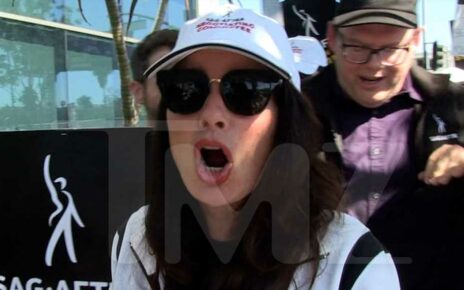Opinions expressed are solely those of the author and do not reflect the views of Rolling Stone editors or publishers.
There are things I love about the film business, and discovery is one of them. Many years ago, I received a suggestion that I should learn more about 5D in film. I researched the concept online and found that companies specializing in 5D films existed all over the world and many were vetted in their fields.
Naturally, I was curious. I went to the United Kingdom to meet with one of the members of such a company to learn more. As we roamed the countryside, he explained the layers of history there as a way to help make sense of the definition of 5D in film, video, VR and story — all aspects of something you watch and experience in media. I learned through this experience that 5D layering was different from 4D (e.g., the rides at amusement parks where the chair moves and water splashes on you, as if you are actually, say, hang gliding near a waterfall). In 5D, all of your senses are considered in how a story unfolds, meaning an audience member is suggested to feel something or to change how they experience the film.
How companies get there can be ethical or unethical, depending on your point of view. It’s all data. We hear stories about the major tech companies and issues around data privacy, but let’s look at it from the R&D side. Beta can be fun, and experiencing something new can be fun, but there is something you are giving away that intrinsically you may not want to. This might be as general as your likes and dislikes and as personal as how you move, feel, experience, etc.
The Rolling Stone Culture Council is an invitation-only community for Influencers, Innovators and Creatives. Do I qualify?
This data can be gathered in a myriad of ways. Did you read the privacy policy for that recent app you downloaded? What about that cool digital band you wore at a recent concert? That device could have been tracking your heat sensor and collecting your data before digitally mapping the data of all concert-goers in the room so the DJ knows whether they needed to change or adjust whatever was going on in the room. Before tech, this was done by eye-balling it, intuition or sensing a room. But now, you may or may not be willing to give artificial intelligence (AI) all the data it needs to use to accomplish whatever it is programmed to do. Then, this layering is applied to stories, so the audience is now experiencing a different version of a film than pre-tech.
Some examples are chatbots via AI, and even the first humanoid robot to gain citizenship, Sophia, who can carry on a conversation. So, the story and the concept are now becoming bestowed with AI, synthetic DNA, robotics and with all of the components of disruptive technologies that are emerging. And the question that actually is very profound: At the end of the day, what is real life? The boundaries are becoming blurred.
As a creator, the question to ask yourself is: What are some of those disruptive technologies that I am utilizing today in the layering of the sound, visuals and even live performances?
Source: Read Full Article

